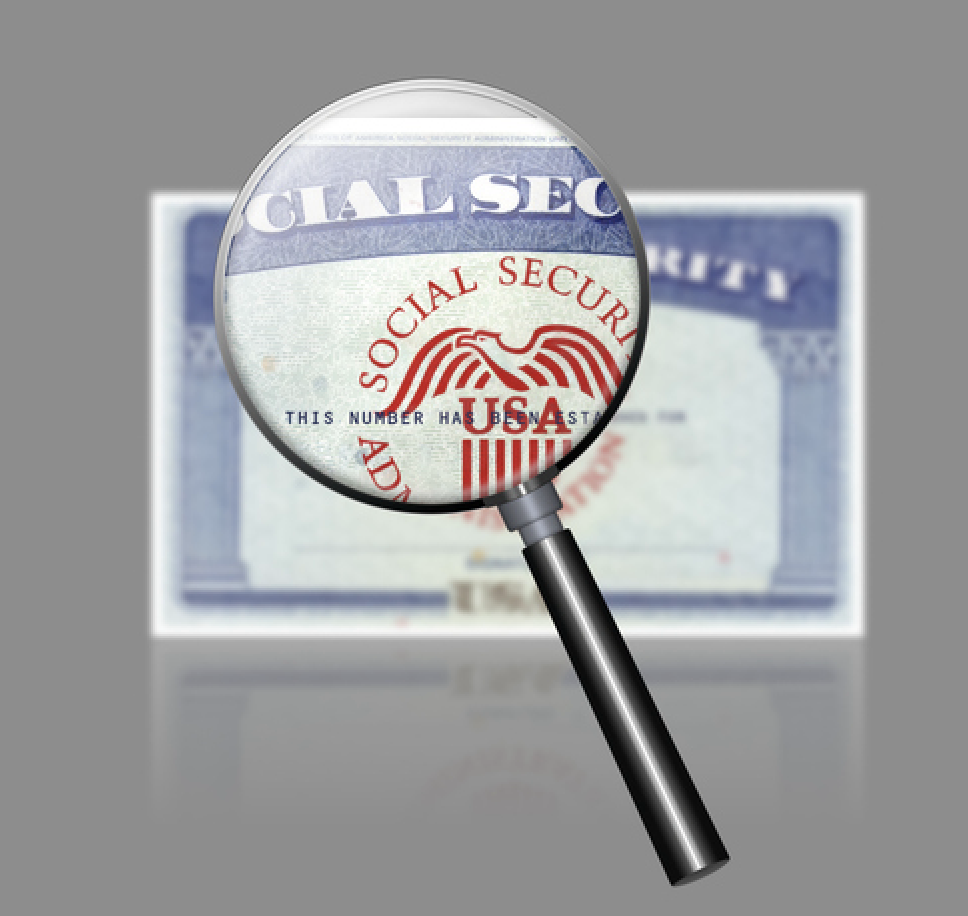Social Security: Change Is In the Air
July 30, 2025

If you’re over 62 and retired, chances are you are now receiving Social Security benefits. That makes you one of millions of older adults who receive Social Security each month, many of whom rely on their Social Security benefits as an important- even primary- source of income once they have left the formal workforce. It’s estimated that most seniors depend upon Social Security for more than 50% of their income, and 39% of recipients depend on Social Security for 100% of their monthly income. With that, it’s important to realize that approximately 21 million older Americans are being kept afloat through Social Security. No wonder so many are concerned with the current problems the Social Security Administration is facing, and are worried about the future of Social Security. According to a recent post in Axios, only 36% of Americans are confident or somewhat confident in the future of Social Security (younger Americans are especially concerned), while 74% of Americans polled believe it is one of the most important government programs we have. However, polls also show that many don’t fully understand what benefits they should receive from Social Security and what challenges confront the program. For a few insights, take out a notebook and read here. And for a few pointers on applying for Social Security, including setting up an online account, click here.
You may not realize that on August 14th of this year, the Social Security program celebrates its 90th anniversary, marking an important milestone while facing a challenging future. When the program began 90 years ago, the workforce was almost entirely male, and the average lifespan was approximately 62 years. Today, the average lifespan is close to 80, and the workforce is more than 50% female. Over the years, changes have been made to the Social Security program to respond to demographic and societal changes, including: In 1939, Social Security benefits were expanded to include “dependant female spouses and survivors” who were not originally covered (that was also expanded to include male spouses of female beneficiaries in 1950); additional coverage for divorced spouses in 1965; and in 1983, the last time Social Security faced the possibility of running out of funds to fully pay benefits, changes were made to gradually increasing the retirement age, accelerating payroll tax hikes and taxing a portion of Social Security benefits. Today, for older women, who tend to live longer than their male partners and who may not have earned the same amount as their male counterparts, Social Security plays an outsize role and has an outsize impact on their quality of life.
So it’s understandable why older adults have strong opinions on the current program and the direction in which it’s going. According to a recent poll by The Senior Citizens League, 94% of respondents said that the most recent 2025 Cost Of Living Adjustment (COLA) for Social Security of 2.5% was too low and did not sufficiently help recipients keep up with the cost of inflation. It’s anticipated that the COLA for 2026 will be 2.6% which many believe doesn’t keep up with inflation and doesn’t accurately reflect the costs of the goods and services older adults purchase, including housing, health care, and prescription drugs. There is also concern that other changes to government agencies and programs may further deplete or lower the COLA for 2026. According to one recent post on MSN, premium increases for Medicare may wipe out whatever COLA increases recipients receive from Social Security. It’s also possible that changes in the data collection from the Bureau of Labor Statistics, which measure inflation, could lead to inaccuracies that would affect the COLA for 2026.
Other changes that will likely be distressing for some Social Security recipients? You may not realize that as of September 30th of this year, Social Security will no longer issue paper checks to pay benefits. Beneficiaries will either receive their payments via electronic funds transfer into their bank accounts or they will receive the funds through a Direct Express card, which is similar to a prepaid debit card. This discontinuation of paper checks is anticipated to cut down on lost or stolen payments and will also save the Social Security administration the costs of printing and mailing checks. While the majority of Americans already receive their payments electronically, it’s estimated that over 500,000 people still receive paper checks. For those who do not have a bank account or do not have online internet access, this change may be challenging to accommodate. In theory, the Social Security Administration is supposed to send letters of explanation to make sure recipients are not caught off guard. If you want to find out more, look here.







